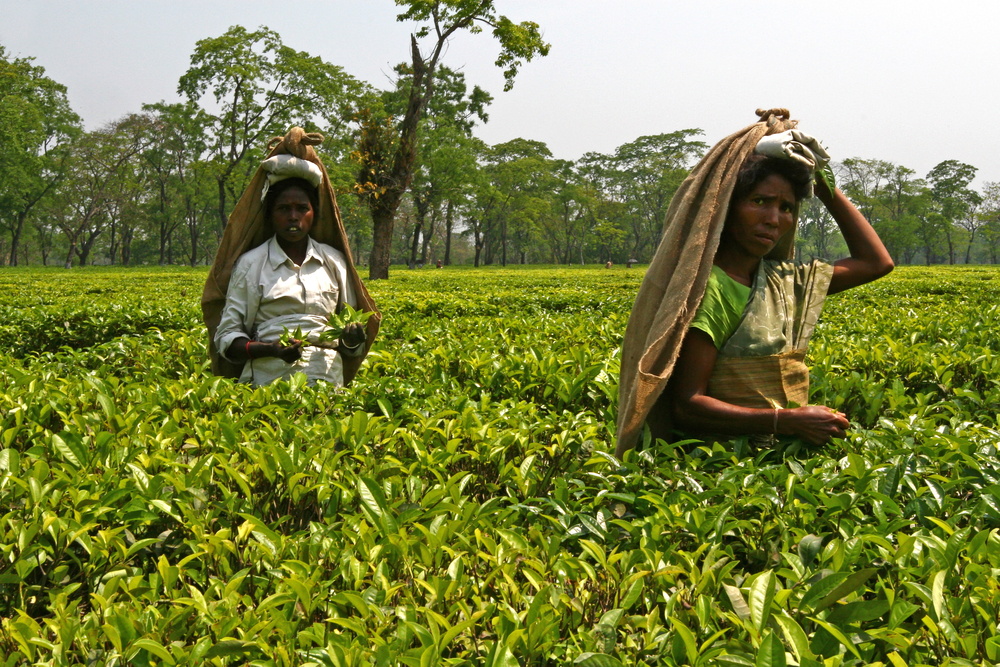Bengal has emerged as the second state after Tamil Nadu where the annual production in the small tea sector has surpassed the yield in tea estates.
The small tea sector has two types of players — growers who own only estates and those who own factories where the leaves grown in these gardens are processed. Tea estate owners, on the other hand own both plantations and factories.
According to data made available by the Tea Board of India, the total tea production in north Bengal has increased to 424.06 million kilos in 2019 from 394 million kilos in 2018. Of the 424.06 million kilos, the small tea sector contributed 237.01 million kilos and the tea estates produced 187.05 million kilos.
“In Tamil Nadu, the small tea sector has been contributing the major portion of the state’s tea production for many years. But in Bengal, it is a new trend. This points to the steady emergence of this sector and we feel that in the coming years, the gap will widen,” said Bijoygopal Chakraborty, the president of the Confederation of Indian Small Tea Growers’ Associations.
Planters in north Bengal said the tea bushes were young at the small plantations, which have mushroomed across the region in the past two decades. “The yield of these bushes is higher than that at most tea estates. Also, the cost of production is low in the small tea sector. The sector has provided employment to thousands of rural youths,” said a planter.











